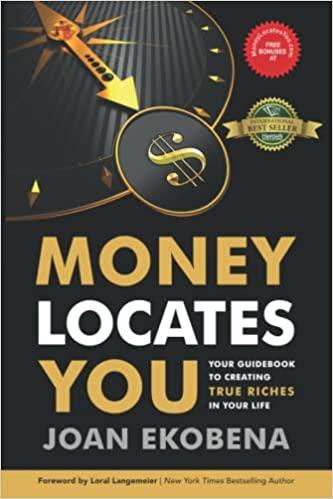
1. Consider the following table over the period from 2015 through 2020: Year Large co. Stock return (%) 4.54 T-bill return (%) 6.50 Risk premium (%) -1.96 2015 2016 12.30 4.36 7.94 14.76 2017 18.99 4.23 2018 - 14.69 7.29 -21.98 2019 -26.47 7.99 -34.46 2020 27.23 4.87 37.24 20.36 -15.34 Total 21.90 a. C Calculate the arithmetic average returns for large-company stocks over this period. b. Calculate the arithmetic average returns for T-bills over this period. Considering degrees of freedom, calculate the standard deviation of the returns for large-company stocks over this period. d. Considering degrees of freedom, calculate the standard deviation of the returns for T-bills over this period. Calculate the observed risk premium in each year for the large-company stocks versus the T-bills. What was the average risk premium over this period? c. 2. You've observed the following returns on Ewha Corp's stock over the past five years: 7percent, 12 percent, 11 percent, 28 percent, and percent. Also, the average inflation rate over this period was 3.0 percent and the average T-bill rate over the period was 4.2 percent. a. What was the arithmetic average return on Ewha Corp's stock over this five-year period? b. What was the standard deviation of Ewha Corp's returns over this period? What was the average real return on Ewha Corp's stock? d. What was the average nominal risk premium on Ewha Corp's stock? C. 3. You bought one of Ewha Corp's 12 percent coupon bonds one year ago for $1,100. These bonds make annual payments and mature six years from now. Suppose you decide to sell your bonds today, when the required return on the bonds is 8 percent. If the inflation rate was 4.2 percent over the past year, what was your total real return on investment? a. 4. A stock has a beta of 1.20 and an expected return of 20 percent. The risk-free asset currently carns 3.2 percent. What is the expected return on a portfolio that is equally invested in the two assets? b. If a portfolio of the two assets has a beta of 0.80, what is the portfolio weight of the risk-free asset? c. If a portfolio of the two assets has an expected return of 8 percent, what is its beta? d. If a portfolio of the two assets has a beta of 2.40, what is the portfolio weight of a the risk-free asset? 1. Consider the following table over the period from 2015 through 2020: Year Large co. Stock return (%) 4.54 T-bill return (%) 6.50 Risk premium (%) -1.96 2015 2016 12.30 4.36 7.94 14.76 2017 18.99 4.23 2018 - 14.69 7.29 -21.98 2019 -26.47 7.99 -34.46 2020 27.23 4.87 37.24 20.36 -15.34 Total 21.90 a. C Calculate the arithmetic average returns for large-company stocks over this period. b. Calculate the arithmetic average returns for T-bills over this period. Considering degrees of freedom, calculate the standard deviation of the returns for large-company stocks over this period. d. Considering degrees of freedom, calculate the standard deviation of the returns for T-bills over this period. Calculate the observed risk premium in each year for the large-company stocks versus the T-bills. What was the average risk premium over this period? c. 2. You've observed the following returns on Ewha Corp's stock over the past five years: 7percent, 12 percent, 11 percent, 28 percent, and percent. Also, the average inflation rate over this period was 3.0 percent and the average T-bill rate over the period was 4.2 percent. a. What was the arithmetic average return on Ewha Corp's stock over this five-year period? b. What was the standard deviation of Ewha Corp's returns over this period? What was the average real return on Ewha Corp's stock? d. What was the average nominal risk premium on Ewha Corp's stock? C. 3. You bought one of Ewha Corp's 12 percent coupon bonds one year ago for $1,100. These bonds make annual payments and mature six years from now. Suppose you decide to sell your bonds today, when the required return on the bonds is 8 percent. If the inflation rate was 4.2 percent over the past year, what was your total real return on investment? a. 4. A stock has a beta of 1.20 and an expected return of 20 percent. The risk-free asset currently carns 3.2 percent. What is the expected return on a portfolio that is equally invested in the two assets? b. If a portfolio of the two assets has a beta of 0.80, what is the portfolio weight of the risk-free asset? c. If a portfolio of the two assets has an expected return of 8 percent, what is its beta? d. If a portfolio of the two assets has a beta of 2.40, what is the portfolio weight of a the risk-free asset







